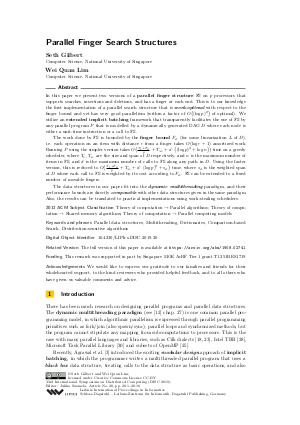LIPIcs.DISC.2019.20.pdf
- Filesize: 0.57 MB
- 18 pages

 Creative Commons Attribution 3.0 Unported license
Creative Commons Attribution 3.0 Unported license




















Feedback for Dagstuhl Publishing